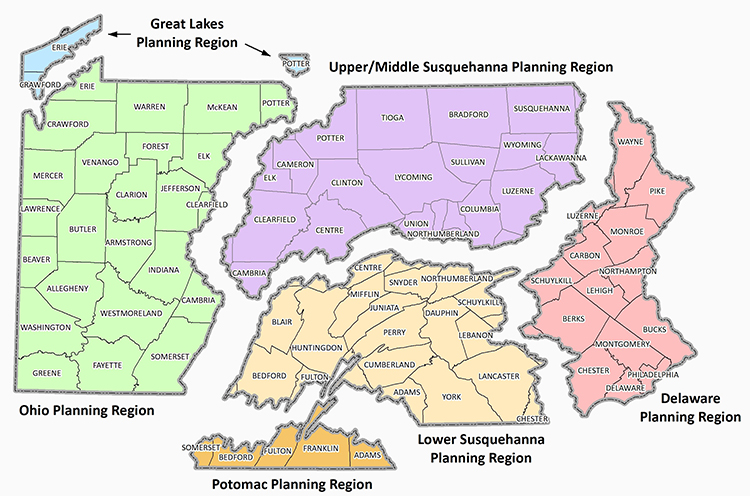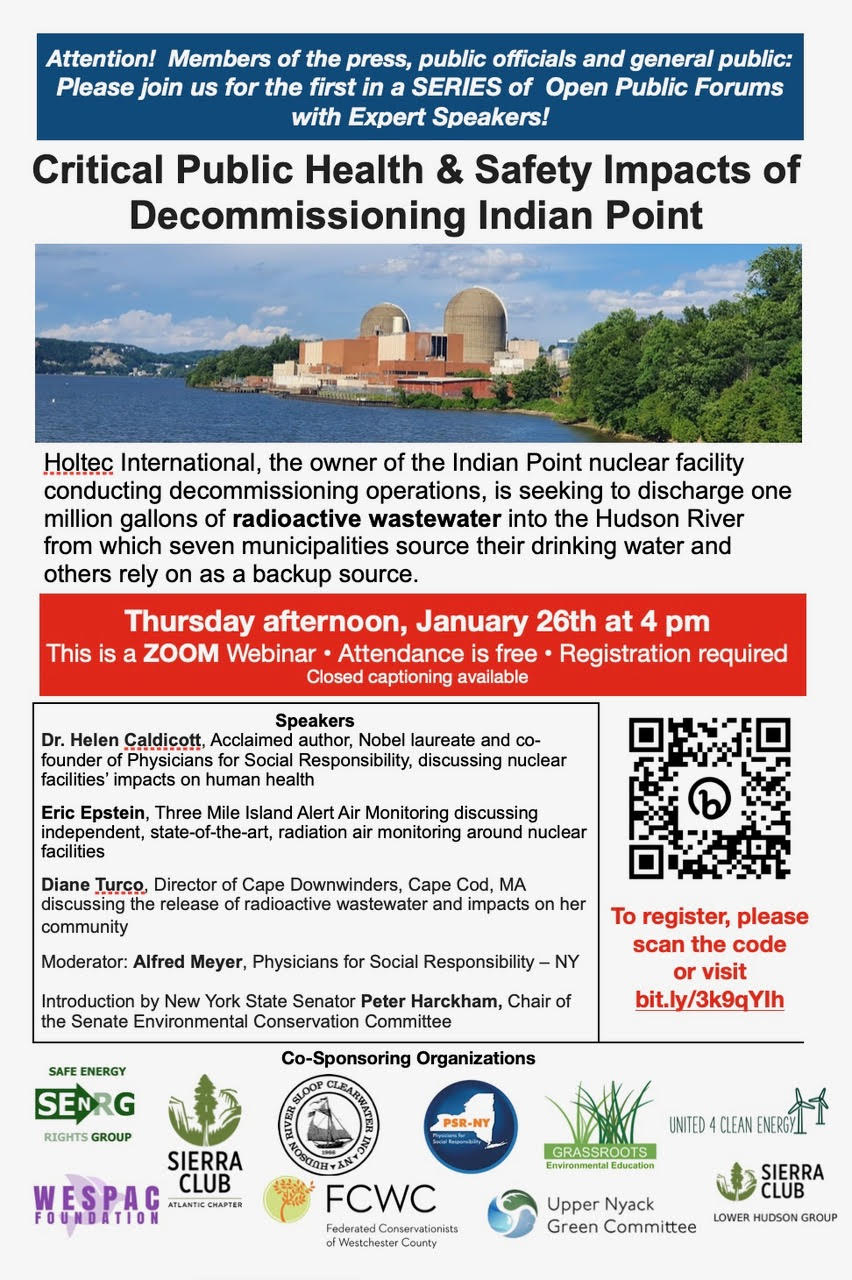Thanks to New York State Senator Pete Harckham and Assemblywoman Dana Levenberg, who announced Feb. 24 that they have introduced legislation (S.5181) that will prohibit the discharge of any radiological agent into the waters of the state. The new legislation was galvanized when plans were announced by Holtec to release radioactive waste water from the decommissioned Indian Point nuclear power plant into the Hudson River.
Past owners of the Indian Point Energy Center, which opened in 1962, had been releasing radioactive waste water into the Hudson for decades. Through federal, state and local investments and actions, the Hudson River is much cleaner today than it once was, and the river now provides increased and significant economic strength to the communities that line its shore and the state as a whole.
“After decades of tremendous efforts to clean up the Hudson River, the idea of anyone dumping radioactive water into this estuary, the economic lifeblood of our region, is simply outrageous,” said Harckham. “No person, corporation or government has the right to recklessly pollute New York State’s waters, and the mere idea that this is being contemplated is troubling. While the decommissioning of a nuclear power plant is a complex issue, there can be no rationale for releasing radioactive waste into the Hudson.”
“Too much is still unknown about the possible impacts of discharging radioactive waste into our waterways,” said Levenberg. “We wouldn’t want people to feel inhibited in their recreation or in moving to our communities because of the stigma of radioactive wastewater. And ultimately, the State of New York should have control over what is released into our waterways.”
The legislation, which was developed in consultation with environmental advocates, including Riverkeeper, includes a stipulation that violations would be met with fines of $25,000 per day, then $50,000 per day for a second violation and $150,000 per day per violation thereafter.
Holtec Indian Point LLC and Holtec Decommissioning International LLC preside over the Indian Point nuclear facility in Westchester while continuing the decommissioning process. The potential release of radioactive contaminants to our state’s largest river is an urgent matter to the residents of Peekskill and all other communities along the tidal estuary.
Existing regulations represent the minimum protections the state is required to provide, and state laws must be more protective of the Hudson River and all of New York’s waterways, as existing state regulations do not address the discharge of radiological materials. Harckham and Levenberg added that New York’s abundant clean water sources will serve as a competitive economic edge in the years to come, as the effects of climate change continue to threaten the country and the world.
“Holtec International’s reckless plan to discharge tritiated wastewater from the Indian Point Energy Center’s decommissioning site into the Hudson River in the coming months must not go forward as planned. The state has a clear role to play in protecting the health and economic interests of its citizens and natural resources and this legislation introduced by Senator Pete Harckham and Assemblymember Dana Levenberg does just that,” said Riverkeeper President Tracy Brown. “Riverkeeper strongly supports this legislation to prohibit discharges of radiological agents into the state’s waters. We urge the Senate and Assembly to expedite its passage and, ultimately, are counting on Governor Hochul’s support to turn this bill into law.”



























